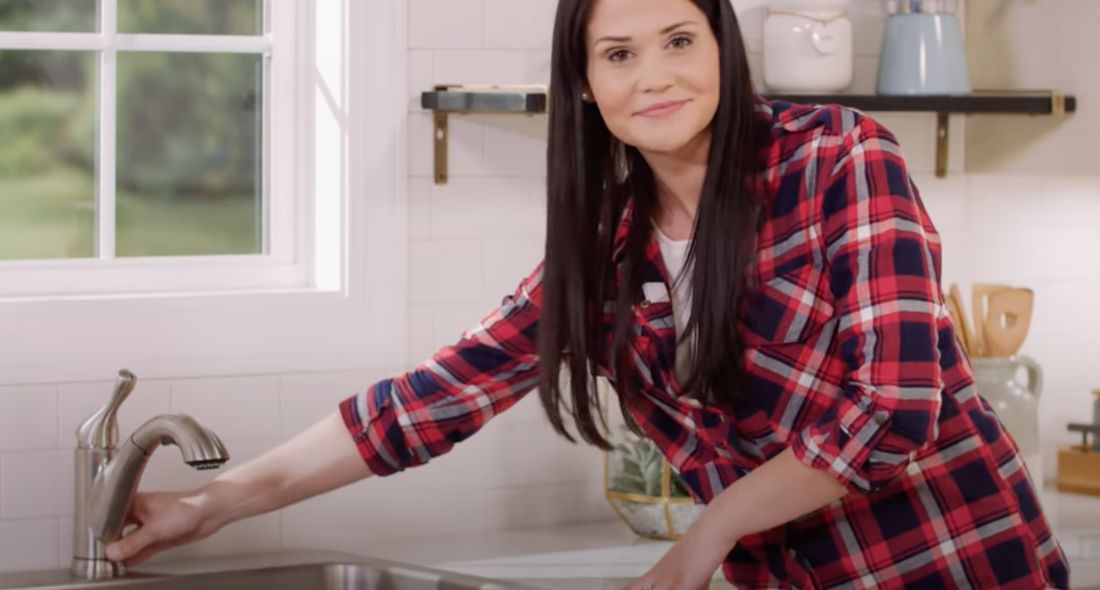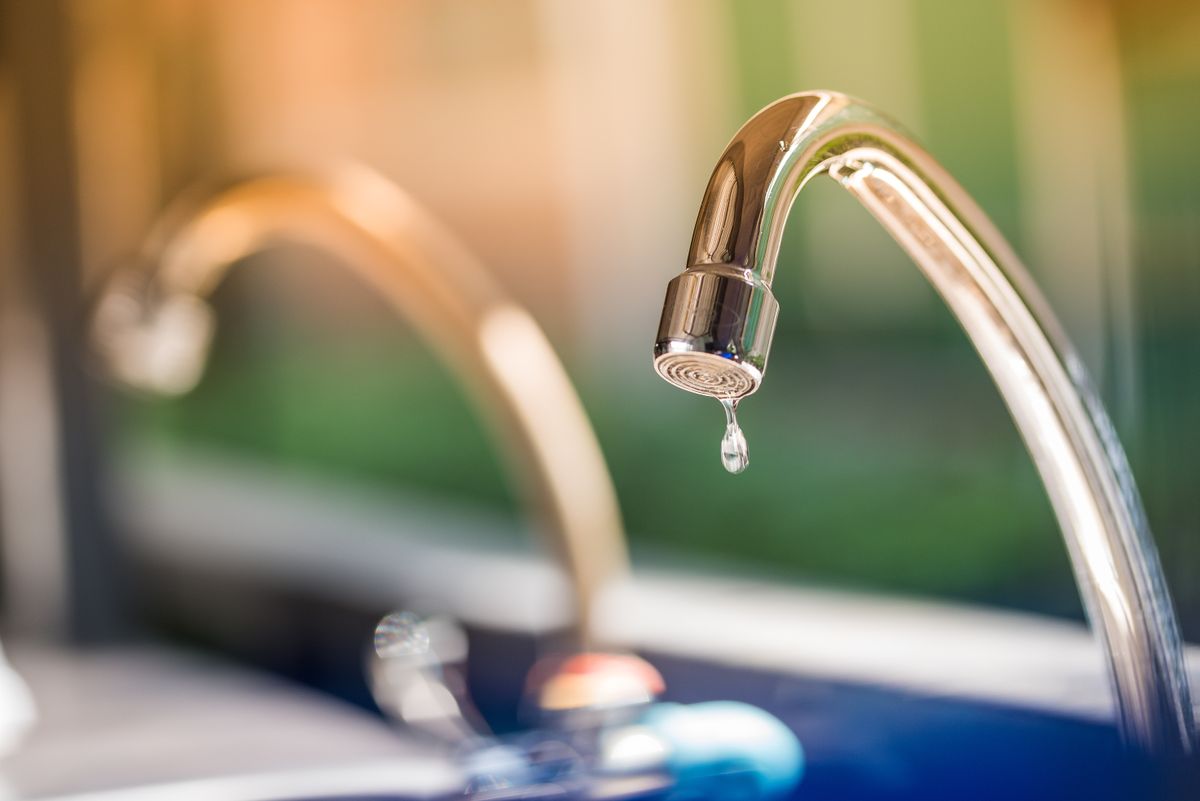Discovering the Significance of Repairing a Dripping Faucet
Discovering the Significance of Repairing a Dripping Faucet
Blog Article
This article down below pertaining to Leaky Faucets: Why They Happen & What to Do About Them is seriously attention-grabbing. Have a go and draw your own assumptions.

Leaking faucets may appear like a small aggravation, yet their influence surpasses simply the annoyance of the audio. From drainage to sustaining unneeded economic prices and wellness threats, neglecting a dripping faucet can bring about numerous effects. In this article, we'll look into why it's critical to resolve this typical household issue quickly and successfully.
Waste of Water
Environmental Influence
Dripping taps contribute considerably to water wastefulness. According to the Epa (EPA), a solitary tap dripping at one drip per second can lose more than 3,000 gallons of water per year. This not just pressures water sources however also impacts communities and wild animals dependent on them.
Financial Prices
Increased Water Expenses
Beyond the environmental effect, trickling taps can inflate water costs substantially. The built up wastefulness with time converts into higher utility expenses, which could have been avoided with timely repair services.
Possible Home Damage
Furthermore, long term dripping can lead to harm to components and surface areas surrounding the faucet. Water accumulation can cause staining, deterioration, and even structural concerns if left ignored, leading to additional fixing expenses.
Health Problems
Mold And Mildew and Mildew Growth
The constant visibility of wetness from a trickling faucet develops a suitable environment for mold and mildew and mildew growth. These fungis not only endanger indoor air top quality but likewise posture health risks, especially for individuals with respiratory system conditions or allergies.
Waterborne Illness
Stationary water in leaking taps can come to be a breeding place for germs and other pathogens, boosting the risk of waterborne diseases. Pollutants such as Legionella bacteria prosper in stationary water, potentially causing severe ailments when ingested or breathed in.
Do it yourself vs. Professional Repair service
Advantages and disadvantages of Do It Yourself Repair Work
While some may attempt to repair a leaking faucet themselves, DIY repair services include their own set of difficulties. Without correct expertise and devices, DIY attempts can exacerbate the problem or result in insufficient fixings, prolonging the trouble.
Advantages of Hiring an Expert Plumber
Employing an expert plumber makes sure that the underlying reason for the trickling tap is addressed successfully. Plumbing professionals have the expertise and equipment to diagnose and fix tap problems efficiently, conserving time and lessening the risk of more damages.
Step-by-Step Guide to Dealing With a Dripping Tap
Devices Needed
Before trying to fix a trickling tap, gather the needed tools, including a flexible wrench, screwdrivers, replacement components (such as washers or cartridges), and plumber's tape.
Typical Faucet Issues and Their Solutions
Determine the kind of tap and the particular problem causing the drip. Usual problems include damaged washing machines, rusty shutoff seats, or defective O-rings. Refer to supplier instructions or on the internet tutorials for detailed advice on fixings.
Safety nets
Regular Maintenance Tips
To avoid leaking taps, do regular maintenance such as cleaning up aerators, checking for leakages, and changing damaged parts immediately. Furthermore, take into consideration mounting water-saving tools or upgrading to extra effective components.
Relevance of Prompt Repair Works
Attending to dripping taps as quickly as they're discovered stops more water wastage and possible damages, inevitably conserving both water and cash in the future.
Influence On Home Value
Understanding of Well-Maintained Building
Keeping a property in good condition, consisting of attending to maintenance problems like trickling faucets, boosts its regarded value and worth among prospective customers or lessees.
Influence on Resale Value
Characteristics with properly maintained plumbing fixtures, consisting of faucets, command greater resale worths in the realty market. Attending to dripping taps can add to a favorable impression throughout residential property examinations and negotiations.
Environmental Responsibility
Individual Contribution to Preservation
Taking duty for fixing leaking faucets aligns with broader efforts towards water conservation and environmental sustainability. Every person's activities collectively make a considerable effect on protecting precious sources.
Lasting Living Practices
By prioritizing prompt fixings and embracing water-saving habits, people contribute to lasting living practices that benefit both existing and future generations.
Conclusion
Resolving a dripping faucet exceeds plain benefit; it's a necessary step toward saving water, lowering economic prices, and safeguarding health and wellness and home. Whether via DIY repair services or specialist assistance, taking action to repair leaking faucets is a little yet impactful method to promote accountable stewardship of sources and contribute to a healthier, much more sustainable future.
How to Fix a Dripping or Leaky Faucet
A leaking faucet is one of the most common problems that homeowners encounter, but it being commonplace doesn’t make it any less annoying. The constant drip drip drip of a leaking bathtub faucet, showerhead, or sink tap can disturb your home’s serenity. Left neglected, a dripping faucet can also result in higher water bills and discoloration or mold growth in your sink or plumbing fixtures.
Fortunately, you don’t have to be a trained plumber to know how to stop a dripping faucet. With some basic tools, replacement parts, and a little patience, leaky faucet repair is a breeze. In this article, we’ll explain what causes dripping faucets and how you can fix them.
What Causes a Leaking Faucet?
Kitchen and bathroom faucets come in all manner of designs, but most involve some combination of valves, O-rings, seals, and washers. The O-ring is usually the weakest link, but any one of these pieces can wear down over time. Heat, moisture, temperature fluctuations, minerals, mold, and movement can contribute to warping and corrosion, breaking the watertight seal. This just comes with the territory of being a homeowner. Everything is always subject to wear and tear, and some component parts of your appliances and fixtures need to be replaced on occasion. At least replacement O-rings are cheap!
More rarely, dripping faucets can be a symptom of excessively high water pressure. Were this the case in your home, you would probably notice that the leak is not isolated to one faucet. Water pressure issues are harder to resolve on your own. We recommend contacting a professional plumber if you suspect your water pressure is too high.
How to Fix a Dripping Faucet
Pipe wrench or monkey wrench Allen wrench set Screwdrivers Old towel or rag Shut off the water.
Before you do anything, you need to turn off the water to keep from drenching your kitchen or bathroom. You should find a valve under the sink and against the wall. Once you’ve turned this valve, try turning the faucet on to confirm that the water source has been cut off.
If you can’t locate your local valve for the faucet you’re working on, you can always shut off the water to the house at the main valve. Of course, this will prohibit anyone from using the sinks, showers, or toilets while you’re working on the faucet that’s giving you trouble.
Plug or block the drain.
You’ll be disassembling the faucet and removing some small bits of hardware. Plug the drain with a stopper or rag to avoid the possibility of a small screw falling into your P-trap.
Take apart the faucet assembly.
There are several varieties of kitchen and bathroom faucets, each with its own manner of assembly. For detailed instructions on how to disassemble your faucet, you can refer to the fixture’s manual or contact the manufacturer. If you know whether you have a ball, disc, cartridge, or compression faucet, you can find detailed schematics online.
In general, you need to begin by removing the faucet handles. You might notice a small screw that you’ll need to remove with a screwdriver or Allen wrench. If you don’t see any visible securing hardware, it’s likely hidden under a decorative cap that can be unscrewed or popped off with flathead screwdriver.
Remove each piece methodically, consulting a schematic when necessary. Take notes or arrange the pieces in such a way to make it easier to correctly reassemble the faucet later.
Remove the cartridge.
Once you’ve removed the handles and securing hardware, you should be able to remove the valve cartridge or stem. Some cartridges will slide right out. Other faucet models will require you to loosen a nut with a pipe wrench before you can remove the valve stem.
Examine the exposed hardware.
With the cartridge or stem removed, inspect the component parts. Check the rubber O-rings for wear and tear. Also examine the seat washer for corrosion or other damage. These pieces are usually the responsible parties for a dripping faucet, but it’s worth inspecting the other component parts while you have the faucet disassembled.
Find replacement parts.
Once you’ve identified which faucet component has failed, find an identical replacement. Your local hardware store should have O-rings, seat washers, and other standard components in stock. If you have a luxury or uncommon faucet, you may have to contact the manufacturer for a replacement part.
It’s a good idea to take your old parts with you to the hardware store so you can compare them with the store’s inventory and be sure you’re purchasing the correct replacement.
Reassemble the faucet.
With your new parts in hand, reconstruct the faucet and handles. Don’t be tempted to overtighten screws or nuts. You might think this could create a better seal, but it can instead damage or bend a delicate part of the assembly and create a new problem for you.
Turn on the water and test the faucet.
The only thing left to do is test your work. Unplug the sink, turn the water back on, and try the faucet. Congratulate yourself on a job well done!
https://www.libertyhomeguard.com/how-to-fix-a-dripping-or-leaky-faucet/

I ran across that piece of writing about What Causes Leaky Faucets & How To Fix Them while doing a search on the web. Those who liked our blog entry kindly do not forget to share it. Many thanks for taking the time to read it.
Report this page